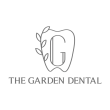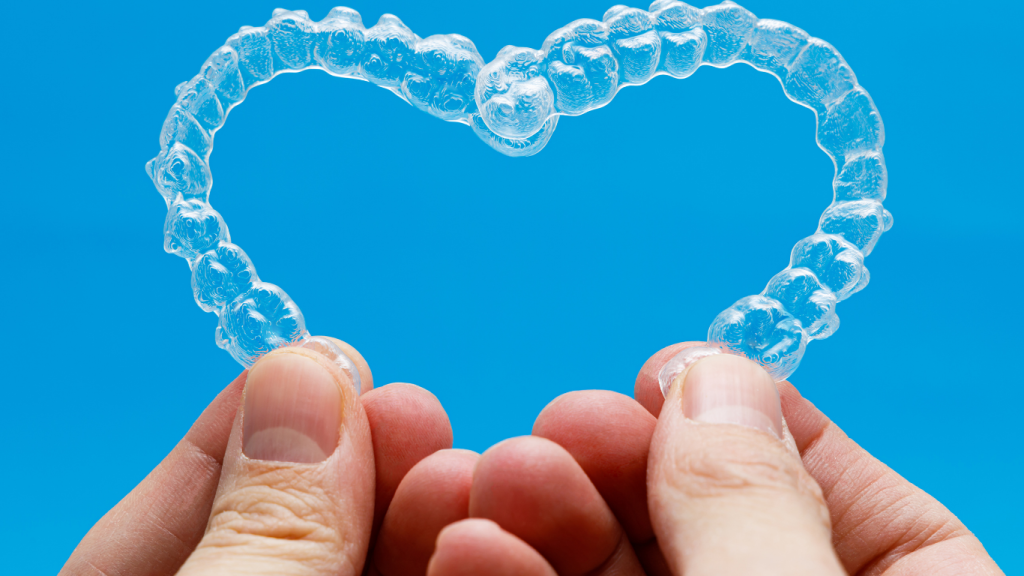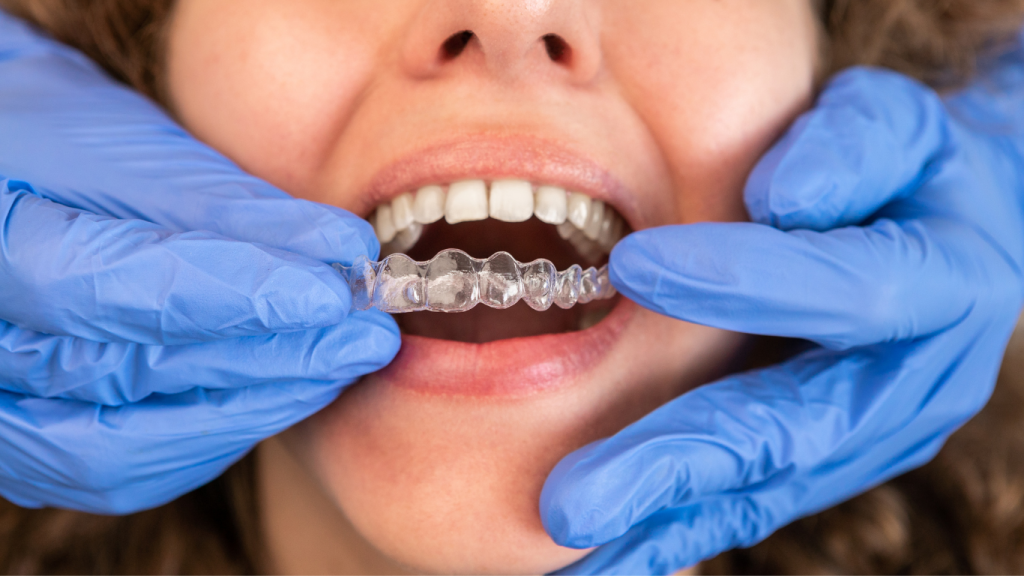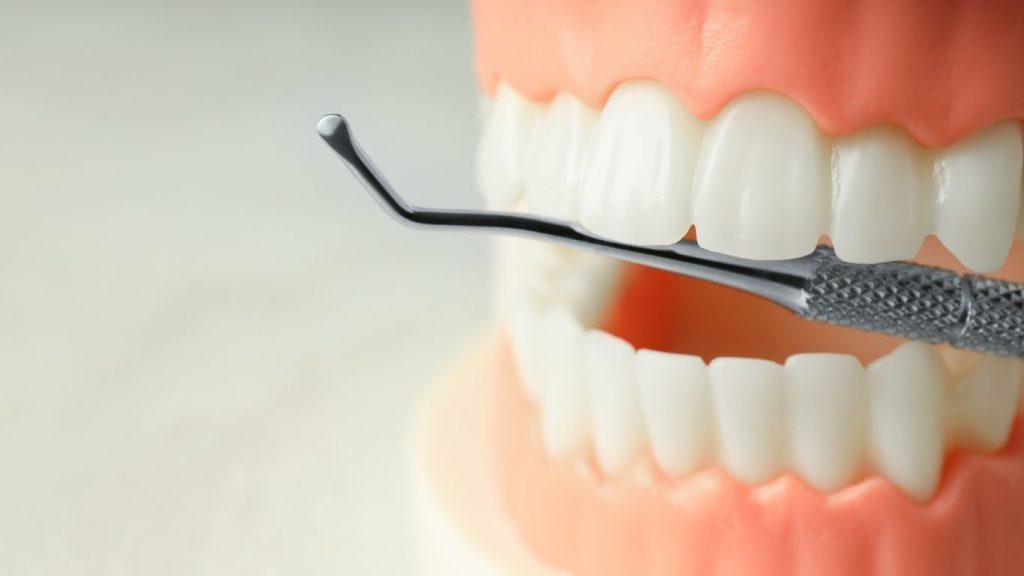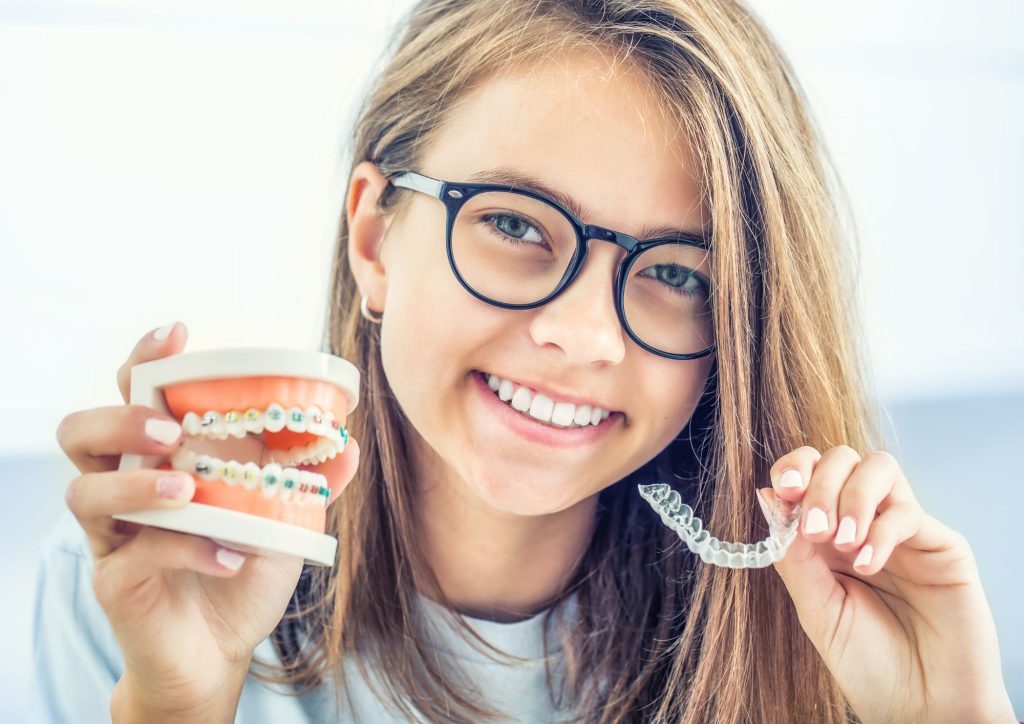How to Clean Invisalign Aligners: Best Methods
Invisalign aligners are a great way to straighten your teeth discreetly. Keeping your Invisalign aligners clean is just as important as wearing them. It is essential for maintaining oral hygiene and ensuring your aligners stay clear and odor-free. Say NO to Dirty Aligners! – Dirty aligners can harbour bacteria. – Lead to bad breath, discoloration / stained aligners. – Cause oral health or dental issues. Simple and Effective Guides – How to Clean your Invisalign Aligners in the Right Way Rinse Regularly – rinse them every time you remove them Always rinse your aligners every time after taking them out. Rinse your aligners under lukewarm water. Rinsing your aligners regularly helps to remove saliva, food particles, and prevents bacterial buildup. Avoid hot water as the high heat can warp the plastic. Brush gently – use a soft toothbrush Always brush your Invisalign aligners gently by using a soft-bristled toothbrush, together with clear and antibacterial soap. Do not use the toothbrush you use on your teeth. Do not use colored or scented soaps as they may stain or leave residue on your aligners. Do not use toothpaste. This is because toothpaste can be abrasive and can scratch the surface of your aligners, making them look cloudy, and where bacteria can accumulate. Use Invisalign Cleaning Crystals or Tablets – soak in Invisalign cleaning crystals or denture cleaner This is a deep cleaning method to clean your Invisalign aligners and it is recommended to do it once daily. Soak your aligners in specialized Invisalign cleaning crystals or mild denture cleaners for 15 to 20 minutes daily, and rinse them thoroughly before wearing. This helps to keep your aligners clear and fresh and eliminate bacterial buildup. Keep your aligners in a case when not in use Always store your aligners in their case when they are not in use. For instance, when you are eating or drinking (except water). This is to prevent loss and exposure to bacteria. Avoid harmful cleaners – do not use any harsh chemicals / strong cleaners Always stick to Invisalign-approved cleaning products during the cleaning process. This is to ensure safeness and effectiveness. Never use bleach, mouthwash, or colored soaps to clean your aligners. This is because they can damage your aligners (“the plastic”) and leave toxic and harmful residues. Maintain good oral hygiene Make it a habit to brush and floss your teeth before reinserting your aligners to prevent transferring bacteria onto them. Clean aligners work best when your teeth are clean too. Clean trays consistently Make cleaning your Invisalign part of your daily routine, ideally twice a day (morning and night). This protects your oral health and ensures your aligners stay virtually invisible. On a final note, keeping your Invisalign aligners clean is simple and takes just a few minutes a day. By following these simple steps, you will keep your Invisalign aligners fresh, clear, and effective throughout your treatment. Unsure? Join TGD’s Invisalign Open Week for Answers Every smile is different, unique, and so is every treatment plan. At The Garden Dental, explore your options with a free smile simulation! Our experts will assess your teeth, discuss your goals, and recommend the best solution. Join our Invisalign Open Week to get all your questions answered and start your journey to a confident smile. Free Smile Simulation
